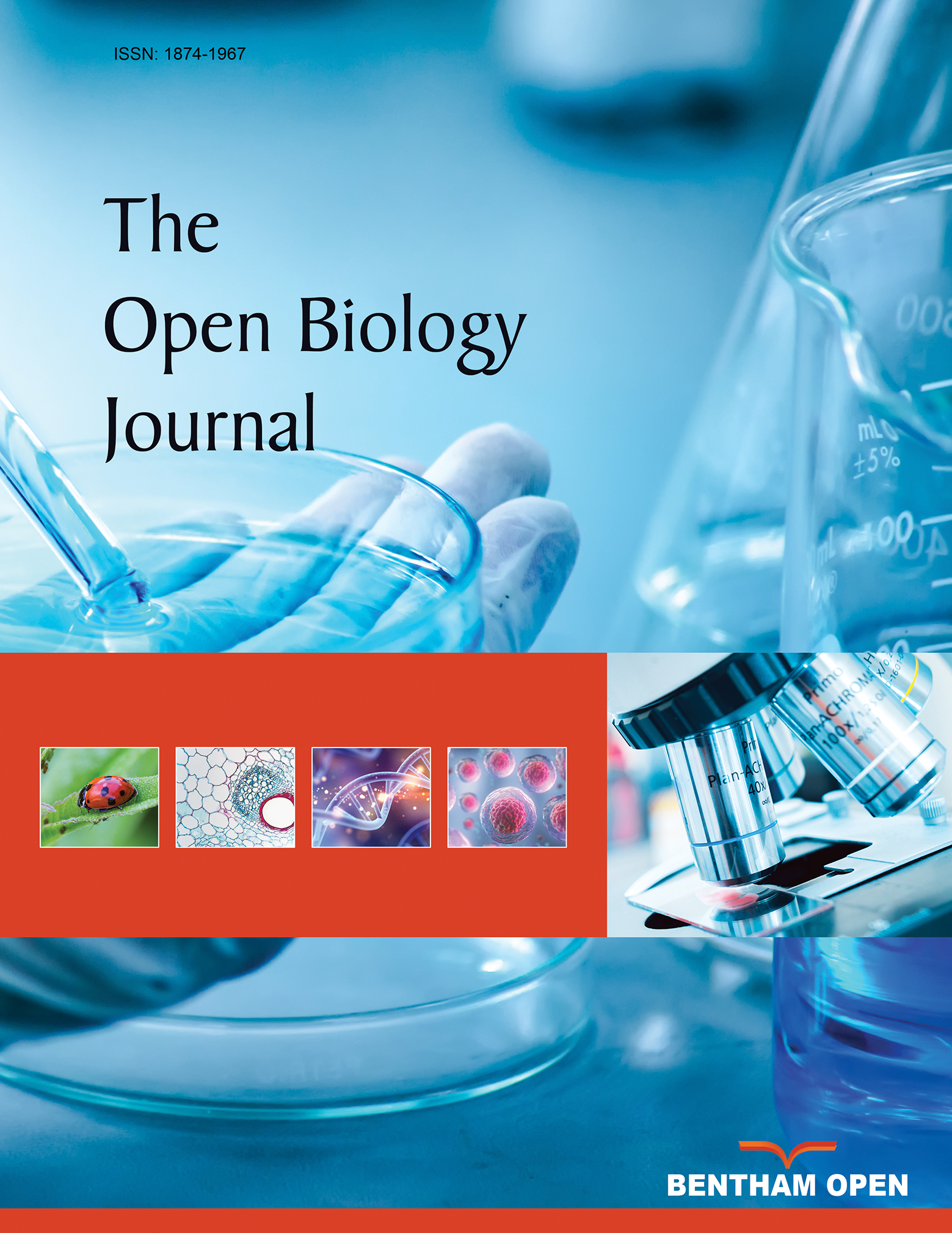Next-generation Therapy of Atopic Dermatitis using Genetic Manipulation: State of the Art Approach
Dear Editor,
Using genome editing, researchers can learn how a single gene product contributes to an organism's illness. This has revolutionized the study of the human genome. In vitro and in vivo models may apply a genome-editing approach that inserts, deletes, and “corrects” genes [1, 2]. This results in extraordinarily efficient recombination processes. DNA double-strand breaks (DSB) may be repaired using either homology-directed repair (HDR) or non-homologous end-joining (NHEJ).
Homologous recombination (HR), which employs intact comparable DNA segments as templates, is the gene-editing approach most often used [3]. mRNA degradation or the production of short-lived proteins may result from frameshift mutations caused by indels. A restoration matrix is not required, and cell type has no impact on modification efficacy (as opposed to HR, NHEJ might be functional throughout the cell cycle) using this technique. NHEJ, like RNA interference (RNAi), may irreversibly inactivate a single gene or a few genomes by producing a damage mutation. RNAi is a biological response that regulates the expression of protein-coding genes.
Populations (15-20%) in wealthy countries suffer from atopic dermatitis (AD), sometimes known as “eczema.” seventy percent of instances of AD emerge before the age of five, and many of these begin in infancy. Topical and systemic drugs are tailored to the patient's clinical needs to address immediate symptoms and long-term illness management. According to familial and genetic studies, there is an important correlation between atopic comorbidities and a shared genetic predisposition. As for nonatopic illnesses, the connection is less clear. Mechanisms are probably complex and involve common genetic susceptibility for inflammation and exposure to environmental factors (like pollution), medicine, or lifestyle choices (like smoking).
A personal history of atopic disease is the most significant risk factor for developing AD, and novel genetic mechanisms may trigger associated comorbidities. Identifying the Filaggrin (FLG) gene in 2006 is a major step forward in understanding modern-day genetic risk factors [4]. FLG gene is responsible for the synthesis of profilaggrin protein, and this protein is the backbone of the epidermis of the skin.
As a result of genetic predisposition, only a tiny fraction of the population is affected by AD. It has been estimated that up to 75 percent of AD cases may be traced back to a loss of function mutation in the FLG gene (located on chromosome 1q21.3). Adaptive and innate immunity are both parts of epidermal barrier function, and FILAGGRIN is a key player in this emerging paradigm for AD pathogenesis. Large-scale high-throughput genomics has recently uncovered more than 30 genetic loci linked to AD across many ethnic groups. It has already yielded potential insights into disease biology and novel pharmaceutical targets from these localized [5]. AD has been linked to several genes, but its genetic basis remains a mystery. Gene-environment interactions, accurate phenotypic groupings, and low frequency and unusual genetic variation are urgently needed [6-10].
CONCLUSION
It has been observed through various literature that the recombination process, specifically of FLG genes, is particularly important for their involvement in AD. Hence, it can be concluded that there is feasibility in applying gene targeting and genome editing for drug repurposing in treating AD.
CONFLICT OF INTEREST
Dr. Rishabha Malviya is the editorial advisory board member of the The Open Biology Journal.
ACKNOWLEDGEMENTS
Declared none.


